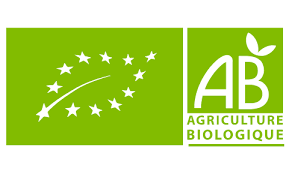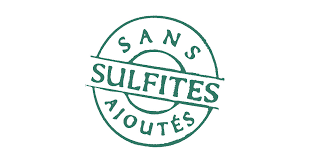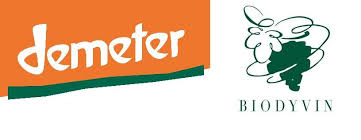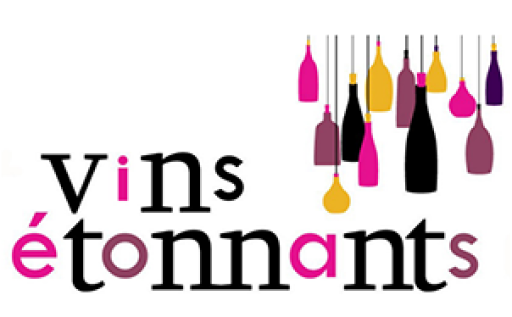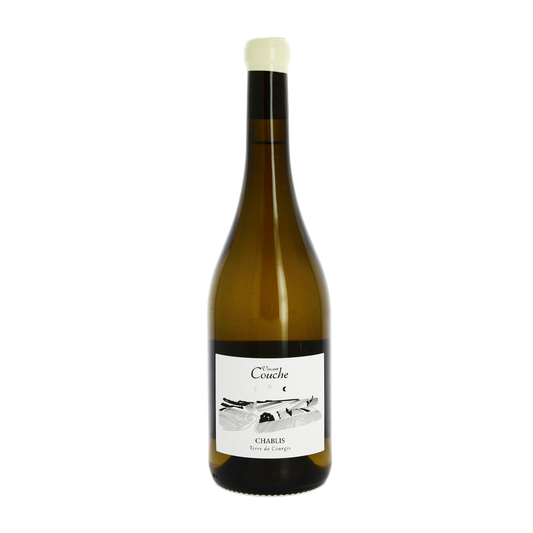
Meeting with the Veramonte Domaine in Chile!
mardi 23 décembre 2025
Interview carried out by Valade & Transandine

"How was the Veramonte project born?
The story of Veramonte began in the 90s while Casablanca was still an unexplored valley. Forty hectares of Sauvignon Blanc have been planted, giving birth to the first cellar in this region. Very quickly, Veramonte became in the exploration of other grape varieties such as Chardonnay, Pinot Noir, Merlot and Syrah.
The founder of the project was Agustín Hunneus and González Byass took over the torch in 2016.
Today, with more than 30 years of history, we have become a certified organic and organic cellar which is dedicated to the development of fresh and authentic wines.
Sustainability, innovation and the search for excellence in each detail are some of the most important values of our cellar.
Veramonte has vineyards in Casablanca and Colchagua. What are the differences between these two Chilean wine regions?
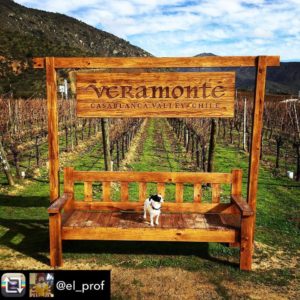
Verramonte has two areas in some of the most renowned wine -growing areas in Chile: one in the Casablanca valley and the other in Marchigüe in the colchagua valley.
The Casablanca valley is a cold coastal climate valley; Our property is at the foot of the coastal mountain range. The vineyards are surrounded by 2,500 hectares of native forest and are influenced by the fresh breeze and the morning fog of the Pacific Ocean, which moderates the temperatures and provides the ideal conditions for the cultivation of fresh climate grape varieties. On the flat surfaces, the floors consist of decomposed granite and clay with good drainage; The roots can reach almost 6 meters deep. There is granite with quartz and mica in abundance on the southern slope, at the foot of the coastal mountains chain. The vines in this area have much less deep roots, around 1.5 to 2 meters.
The Colchagua Valley is approximately 150 km from Santiago, to the south. It is a hot area of the central valley, between the two mountain ranges, those of the Andes and that of the coast. The Marchigüe Domaine is in the coldest place of Colchagua. It offers soft slopes where floors are made up of granite decomposed in places, and red clay in other places. This valley is perfectly suited to red grape varieties such as Carmenère, Cabernet Sauvignon, Cabernet Franc and Petit Verdot.
Biological practice in your vineyards consists of several elements, what are they? (compost, plants, animals, biodiversity ...)
Our wines have been drawn up according to the principles of biodynamic agriculture (established by Rudolf Steiner) since 2014. That is to say based on the idea that the whole property is considered a living being, an organization with qualities unique. The property is worked as a full -fledged entity in order to have balanced, self -sufficient, healthy and connected vineyards to their ecosystem,
We have noticed with this practice that the maximum expression of the terroir is reflected in wine, because the vine is cultivated in optimal conditions. No external influence intervenes in the quality of the wine, because all the products used in the vineyard come from the vineyard itself.
Wines cease to be an agro-industrial and become inimitable. There are considerable differences
Between vintages, terroirs, climates and grape varieties.
In the cellars, how are fermentation and breeding?
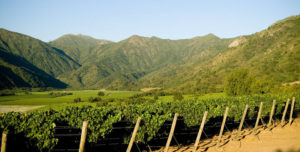
Each variety and range follows a different winemaking process. Here is the detail:
Verramonte Chardonnay: The grapes are harvested at the first lights of the day and the whole cluster is pressed to benefit from the structure of the roundup. The juice is resting for 24 hours before being raised. The wine is fermented in stainless steel tanks with native yeasts. Breeding is done in neutral oak barrels for six months, which strengthens the sweetness and smoothness of Chardonnay without altering its freshness.
Veramonte Pinot Noir: The grapes are harvested at night. Depending on the years, 15 to 20 % of the grapes are subject to maceration and fermentation in whole bunches, which makes it possible to obtain a greater structure. The fruits are fermented in small open tanks with native yeasts, which preserves the aromas and natural flavors of the vineyards. Then comes an aging of 6 months in neutral oak barrels.
Ritual Pinot Noir: The grapes ((from a plot of the veramonte vineyard) are picked by hand in small lots at the first glows of the day, in the freshness of the morning, and carefully sorted twice. Some of the fruits are fermented in whole clusters to obtain Structure and complexity. It is fermented with native yeasts to increase the depth, intensity and complexity of wine. Aging depends on years. Normally, this cuvée is high between 10 and 12 months in French oak barrels, including 20 % are new.
How do you see the evolution of Chilean viticulture in the years to come?
Given the climate change and the drought that we have known in the past ten years due to the lack of precipitation, we find that the whole profession is moving towards sustainable viticulture in order to improve the genetics of vineyards.
This involves a better selection of clones for each variety; If you are in a region where there is less water, you will have to look for more resistant vines and varieties; It also depends on what you are looking for, quality, quantity, etc.
We also note that the cellars explore new, more watered areas in southern Chile. "



